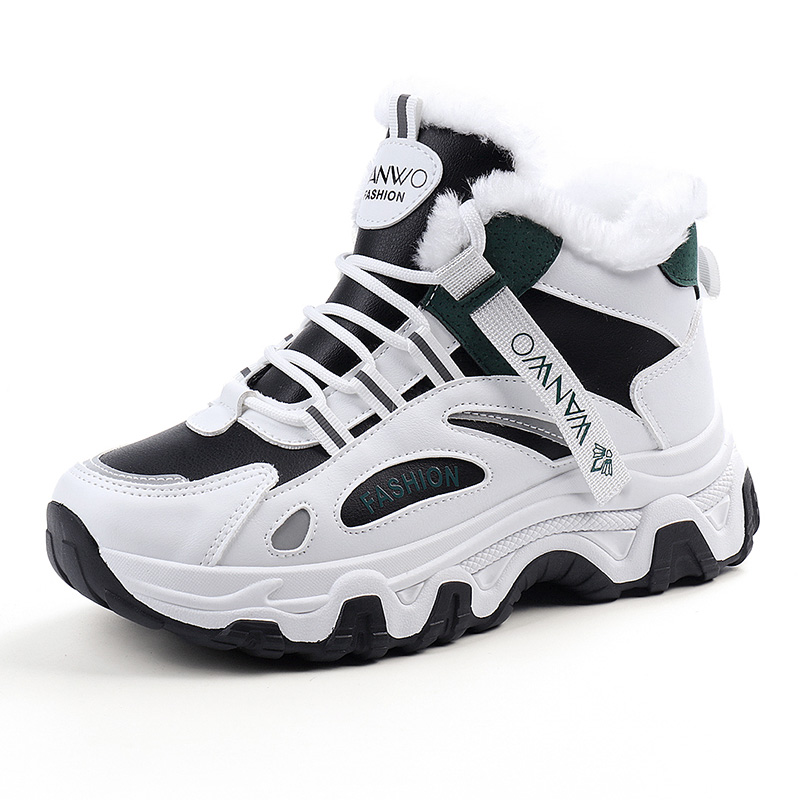Unveiling the Essence of Primary Seals in Mechanical Seals: A Comprehensive Exploration
3 min readIn the realm of mechanical engineering, the concept of mechanical seals plays a pivotal role in ensuring the efficient functioning of various industrial equipment. Among the different components that constitute a mechanical seal, the primary seal stands out as a critical element. In this forum post, we will delve into the depths of primary seals, unraveling their significance, functionality, and the key factors to consider when selecting the most suitable primary seal for specific applications.
- Understanding the Primary Seal:
The primary seal, also known as the main seal or the sealing face, is the primary barrier responsible for preventing the leakage of fluids in mechanical seals. It is typically composed of two opposing faces, one stationary and the other rotating, creating a dynamic interface that effectively seals the fluid within the system. The primary seal acts as the first line of defense against leakage, making it an indispensable component in mechanical seal design. - Functionality and Importance:
The primary seal serves multiple crucial functions within a mechanical seal system:
a. Leakage Prevention: The primary seal's primary function is to prevent the undesired leakage of fluids, such as gases or liquids, from the equipment. By maintaining a tight seal between the rotating and stationary components, it ensures the integrity of the system.
b. Friction Reduction: Another vital role of the primary seal is to minimize friction between the sealing faces. This reduces wear and tear, enhances the lifespan of the mechanical seal, and improves overall equipment performance.
c. Temperature and Pressure Management: The primary seal also aids in managing temperature and pressure differentials within the mechanical seal system. It helps maintain optimal operating conditions, ensuring the longevity and reliability of the equipment.
- Factors Influencing Primary Seal Selection:
Selecting the appropriate primary seal for a specific application requires careful consideration of various factors:
a. Fluid Compatibility: The primary seal material must be compatible with the fluid being sealed to prevent chemical reactions or degradation. Factors such as temperature, pH, and viscosity should be taken into account.
b. Operating Conditions: Understanding the operating conditions, including temperature, pressure, and speed, is crucial for selecting a primary seal that can withstand the specific demands of the application.
c. Seal Face Design: The geometry, surface finish, and material selection of the seal faces significantly impact the sealing performance. Factors like face flatness, roughness, and hardness should be considered to ensure optimal sealing efficiency.
d. Environmental Constraints: Environmental factors, such as the presence of abrasive particles or corrosive substances, should be evaluated to choose a primary seal that can withstand these challenges.
Conclusion:
In conclusion, the primary seal in mechanical seals plays a pivotal role in preventing fluid leakage, reducing friction, and managing temperature and pressure differentials. Selecting the most suitable primary seal involves considering factors such as fluid compatibility, operating conditions, seal face design, and environmental constraints. By understanding the essence of primary seals, engineers and professionals can make informed decisions to optimize equipment performance and ensure reliable operations in various industries.



